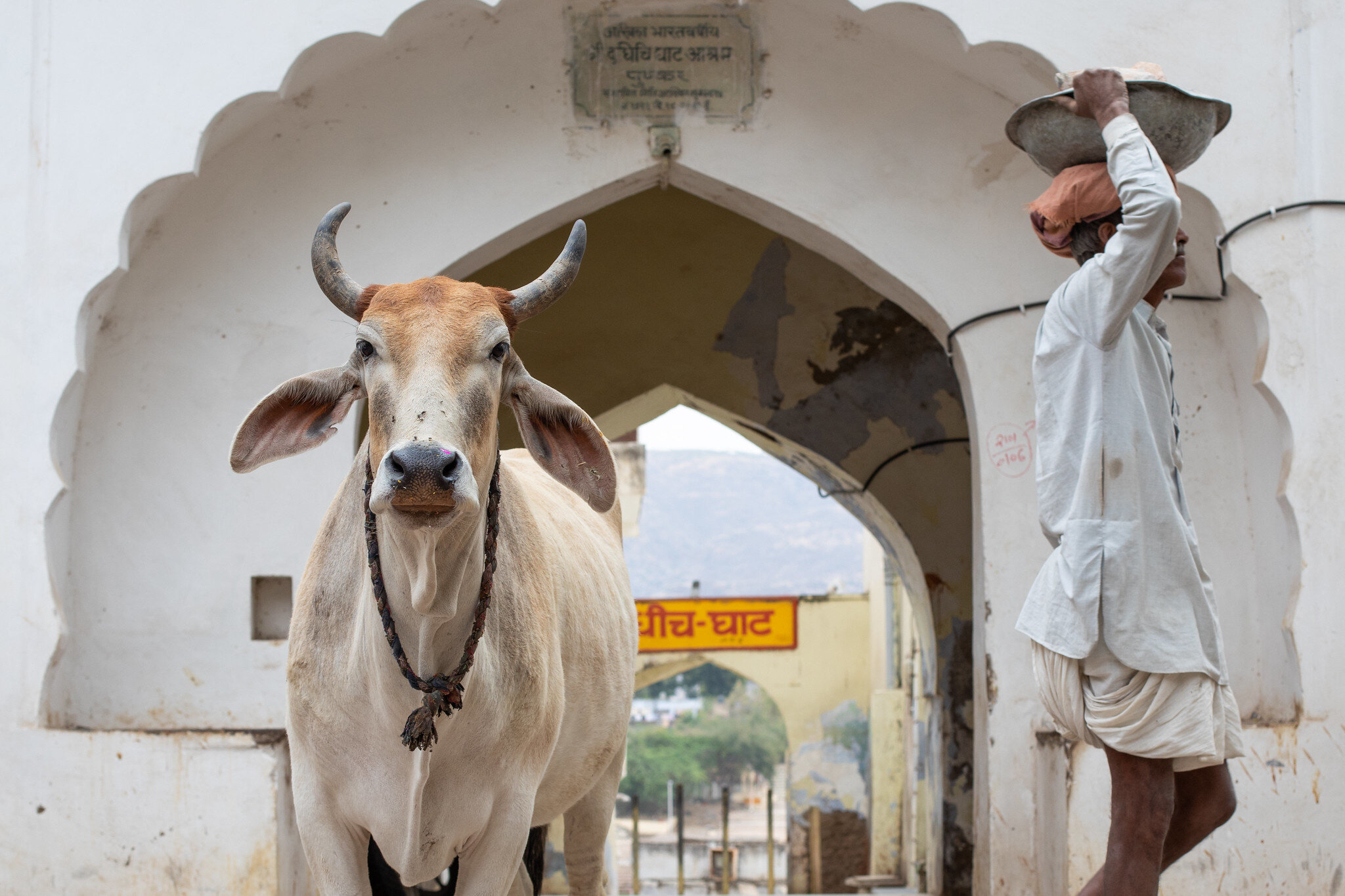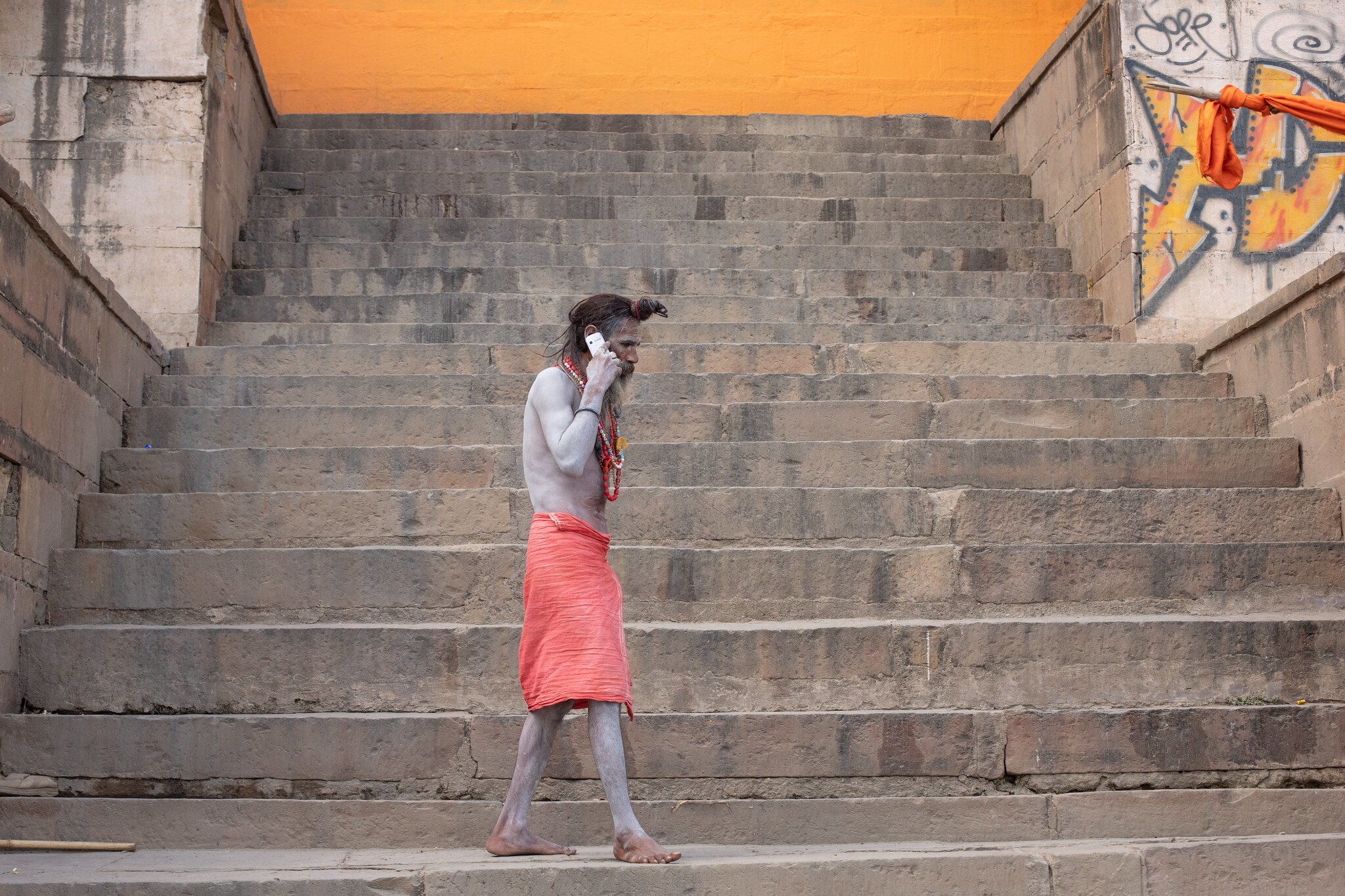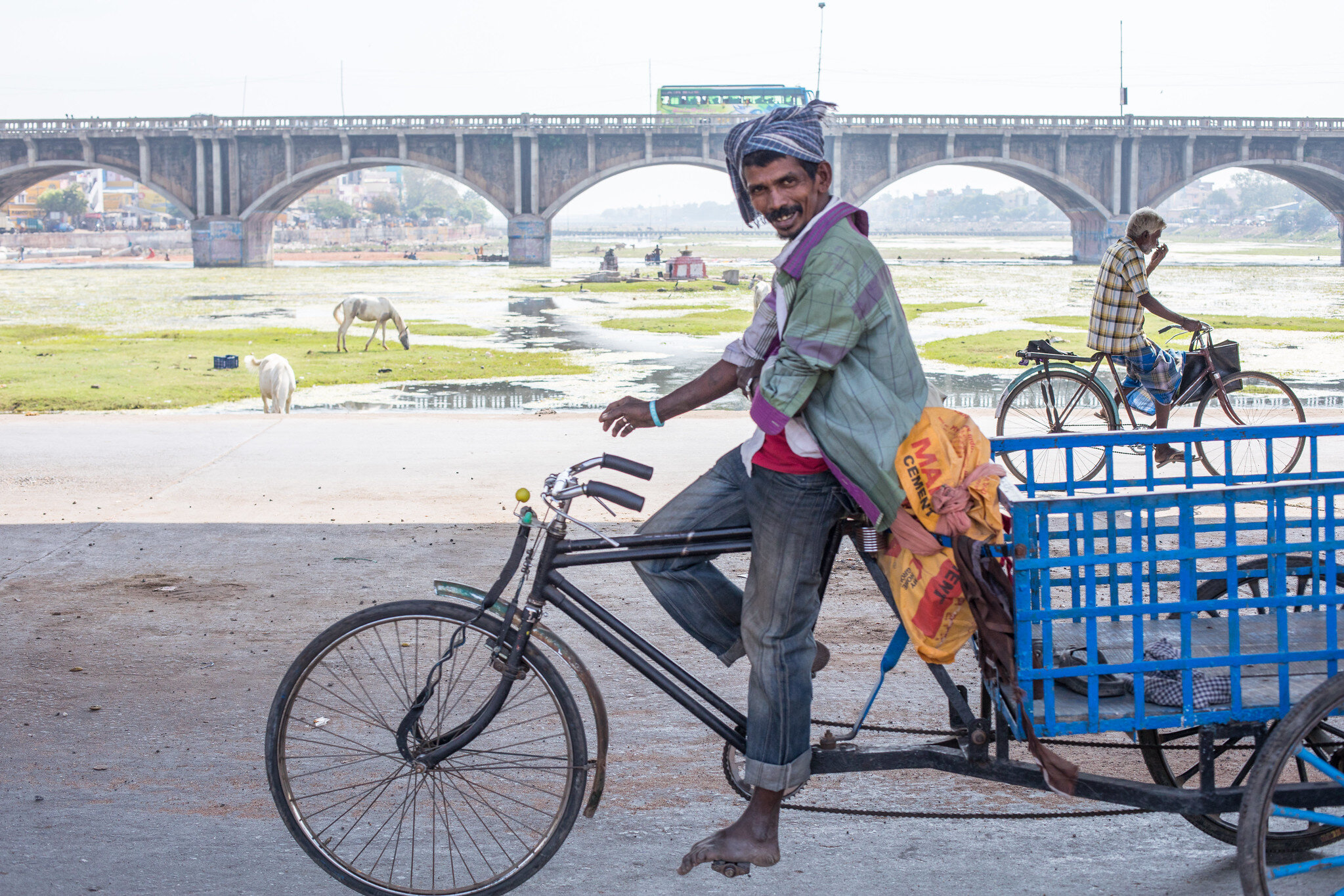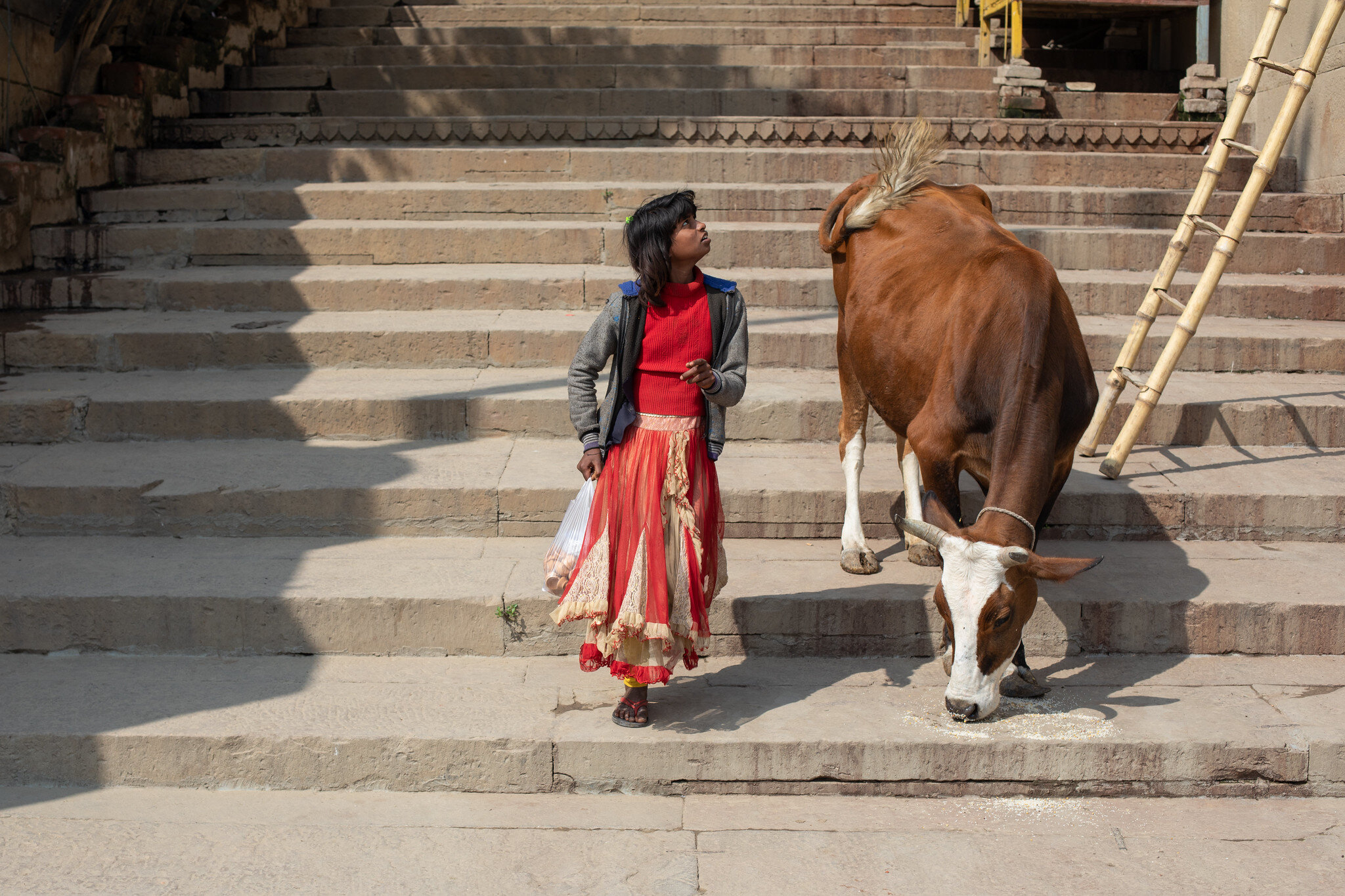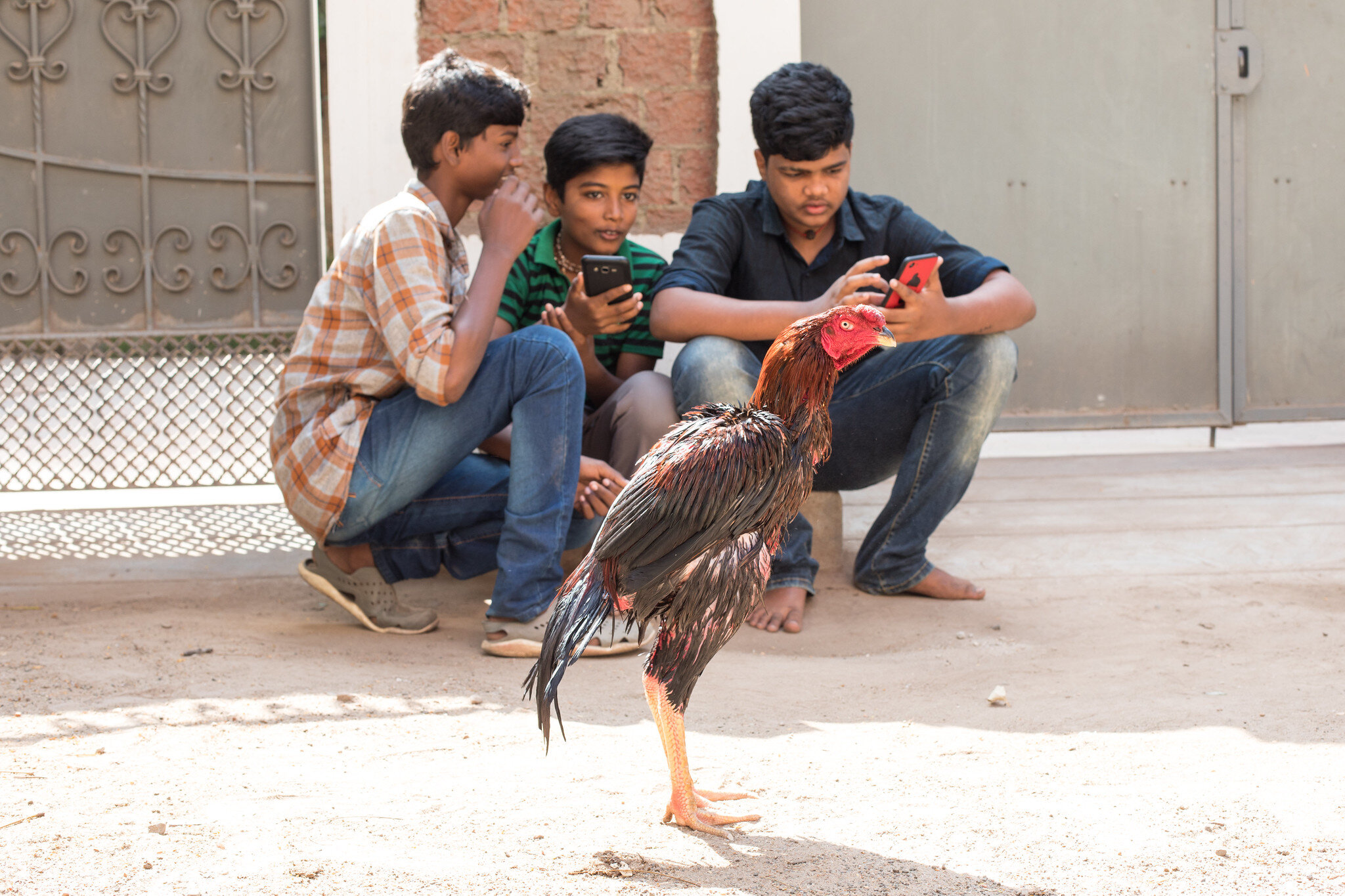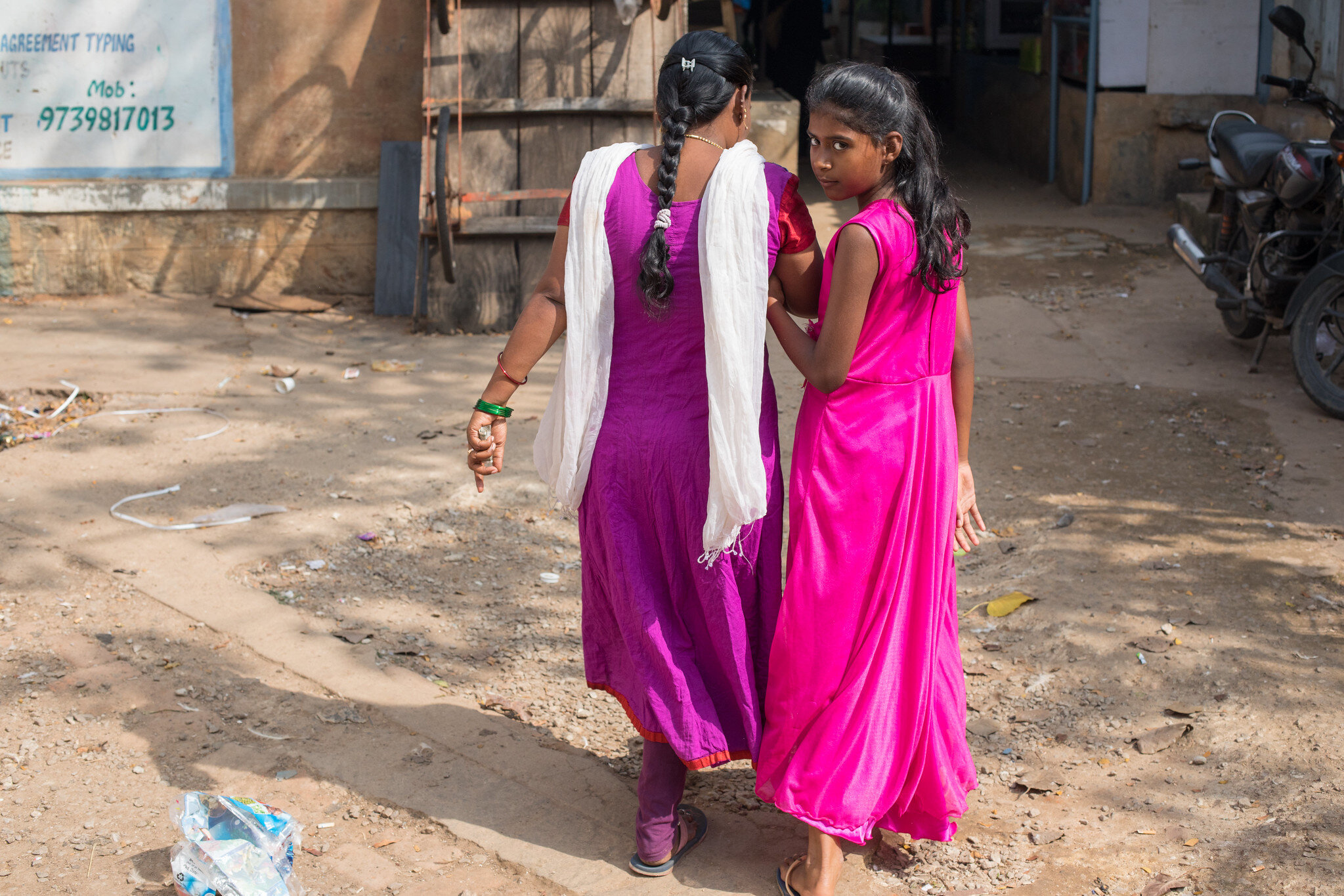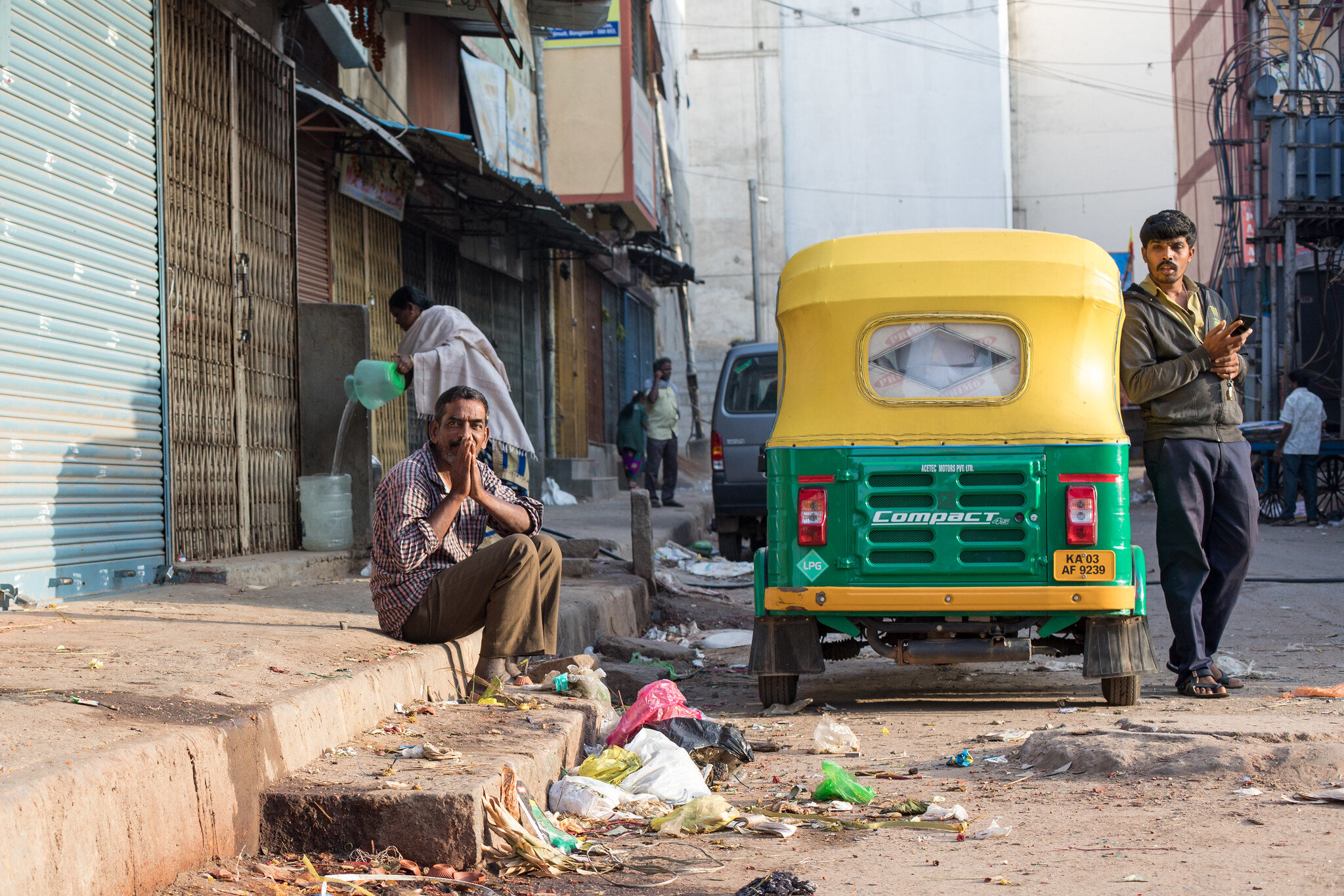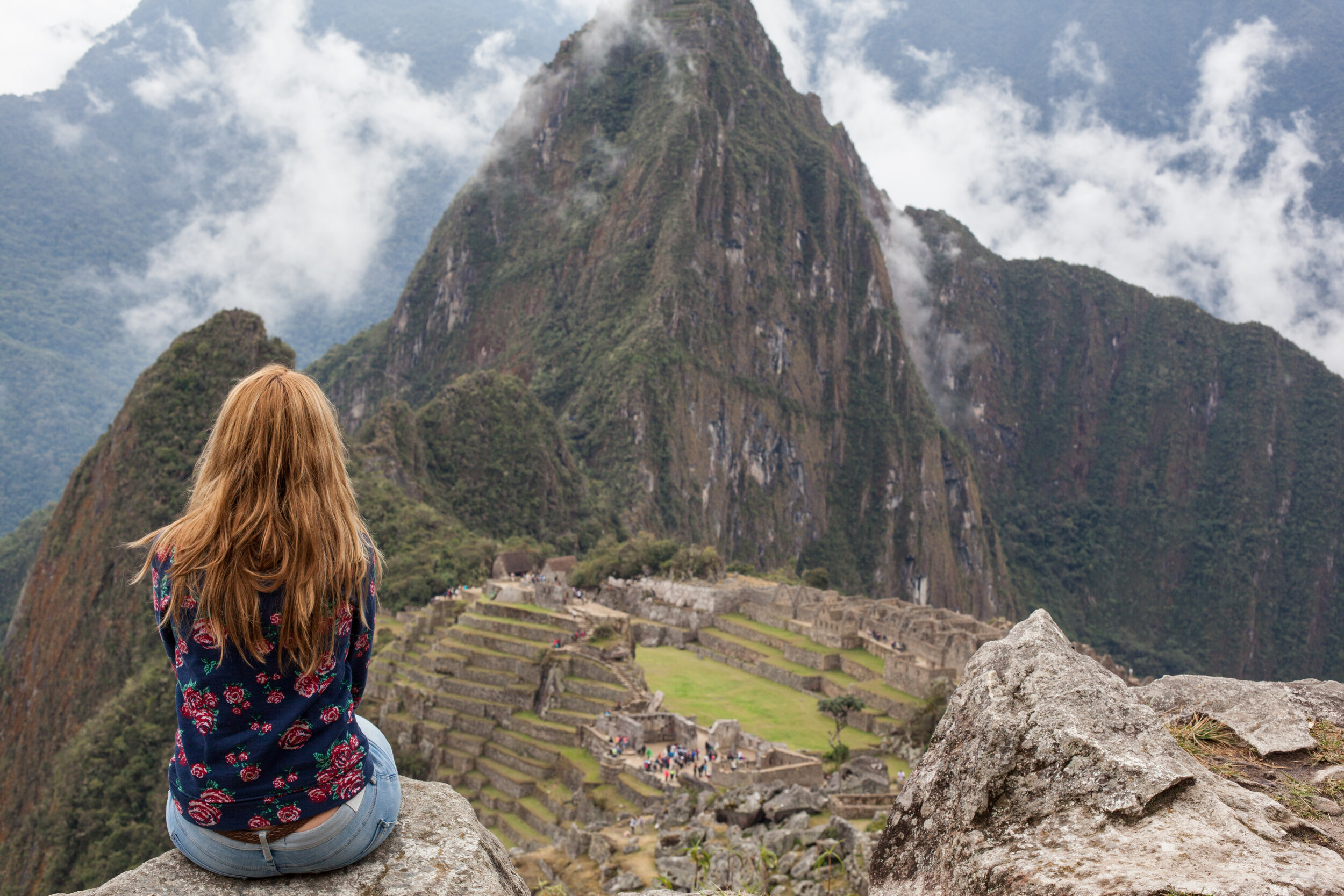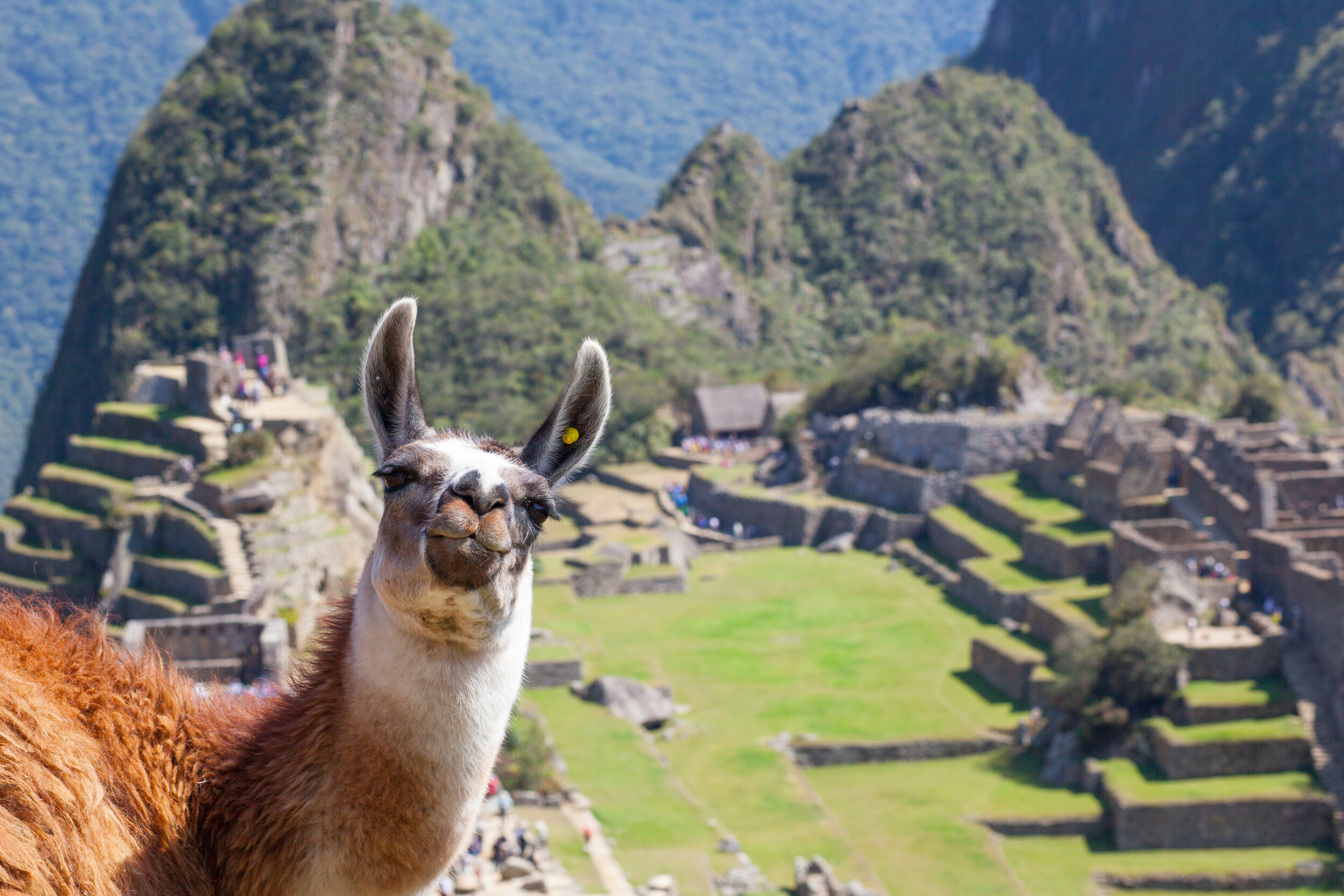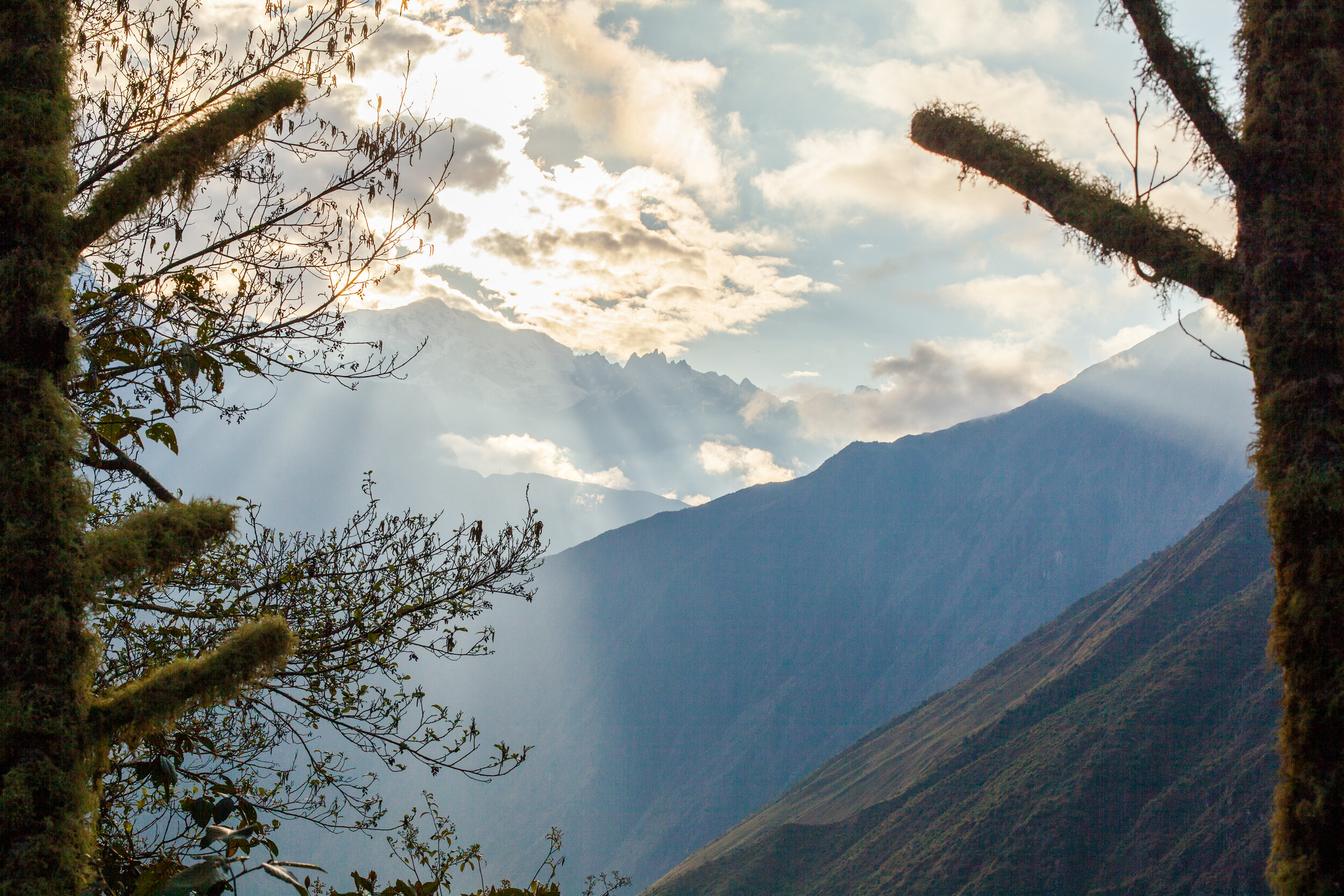There’s something captivating about photographing wildlife, those fleeting moments of connection that remind us how alike we are. This shot of vervet monkeys was one such moment. Taken in Bijilo Forest Park, Serrekunda, The Gambia, West Africa, it captures the curiosity and charisma of these playful creatures. I spent hours getting lost in the Park and took lots of photos of the monkeys that live there. This shot was a firm favourite, aided with the help of some peanuts to entice the monkeys and get them to pause for a spilt second for this image.
Using a Canon EOS 5D Mark II paired with an EF16-35mm f/2.8L II USM lens, I opted for a wide-angle approach to get up close and personal. I lay on my stomach on one of the trials for this low angle perspective, I put out some peanut bait and waited… The settings used were f/7.1, 16mm, 1/125, and ISO 400, which allowed me to balance depth of field and sharpness while keeping the scene vibrant. The tree cover in the forest dulled a lot of the light entering the frame. In hindsight I would have opened the aperture a little more to provide a faster shutter speed. The wide angle brought me right into their world, creating an intimate perspective that places the viewer eye-to-eye with the troop.
The experience gave me an increased respect for nature photographers. It’s no easy feat, patience, timing, and a deep respect for the animals are essential. Staying still, letting the monkeys come closer, and waiting for that perfect moment when their expressions aligned as if posing for the camera was key to capturing this shot. As well as getting lost several times in the large forest, I also almost last my camera bag to another monkey in search for some peanuts.
What makes this image stand out is the sense of personality each monkey brings to the frame. From the cautious glance of the one on the left to the bold confidence of the one extending its hand, it’s a dynamic snapshot of their social world. The lush greenery of Bijilo Forest Park adds a vibrant backdrop, contrasting with their earthy tones.
Photographing wildlife isn’t just about the technicalities, it’s about telling a story. This image, for me, tells a story of connection, curiosity, and the shared experience of existence on this planet. I hear rumours of the forest being used for residential properties, I hope this isn’t the case and the monkeys still have a home.
For more wildlife stories and images, visit my Flickr account. Follow me on Instagram and X for regular updates. Who knows what encounters lie ahead, Mother Africa is calling!
Keywords: #BijiloForestPark #TheGambia #WildlifePhotography #CanonPhotography #WideAngle #VervetMonkeys #WestAfrica #TravelPhotography #NaturalLight #GeraintRowlandPhotography


